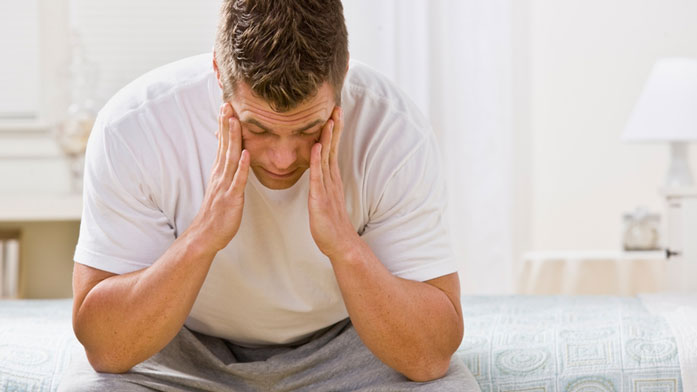Types of Depression

Local Resources
If you think you might need help for depression:
Talk to your healthcare provider.
Project Connecting with my Peers:
Educating women about the early signs of depression
Oxnard: (805) 483-1166
Santa Paula / Fillmore:
(818) 427-5444
Click here for more information
For sliding scale counseling services:
Interface Children & Family Services
icfs.org
(805) 485-6114
City Impact
cityimpact.com
(805) 983-3636
Jewish Family Services
jfsvc.org
(805) 641-6565
California Lutheran University Community Counseling Centers
clucounseling.org
Oxnard - (805) 493-3059
Thousand Oaks - (805) 493-3390
Clinicas del Camino Real
clinicas.org
Oxnard, Santa Paula, Simi Valley, Thousand Oaks, Ventura
(805) 647-6353
See more at 211ventura.org/mental-health
or call 2-1-1.
Deaf or hard of hearing services:
Tri-County GLAD
tcglad.org
TTY: 805-644-6323
VP: 805-256-1053
Voice: 805-644-6322
Email: info@tcglad.org
For assessment and referral:
Call the VCBH STAR Team at
1-866-998-2243
There are several types of depression distinguished by the cause of the symptoms, the intensity of the symptoms and how long the symptoms last. Major depression and chronic depression are the most common types.
- Major depression (also known as "clinical depression"):
Characterized by a combination of symptoms that interfere with your ability to work, sleep, study, eat, and enjoy once-pleasurable activities.
- Dysthymic Disorder (also known as chronic depression or dysthymia):
Characterized by a long-term (two years or more) depressed mood. Chronic depression is less severe than major depression and typically does not disable you, but keeps you from functioning well or feeling good. If you have chronic depression, you may also experience one or more episodes of major depression during your lifetime.
- Bipolar Disorder (also known as manic depression):
Characterized by cycling mood changes of highs (mania) and lows (depression), often with periods of normal mood in between.
- Postpartum depression after the birth of a baby:
According to the National Institute of Mental Health, postpartum depression is diagnosed when a new mother develops a major depressive episode within one month after delivery.
Click here to learn more.
- Seasonal Affective Disorder (SAD) (also known as seasonal depression):
A depression that occurs each year at the same time and is more than just "the winter blues" or "cabin fever." It usually starts in the fall or winter and ends in spring or early summer.
